All photos by Patsee Ober
Nestled along the picturesque coastline of Southern California lies a stretch of ocean that is home to a diverse range of marine life and sea creatures, including an impressive intertidal zone. The Laguna Beach Marine Protected Area (MPA) plays a crucial role in the sustainability and conservation of our oceans, as it is a unique ecosystem that provides a home to a variety of fascinating creatures, such as anemones, sea stars, and crabs.
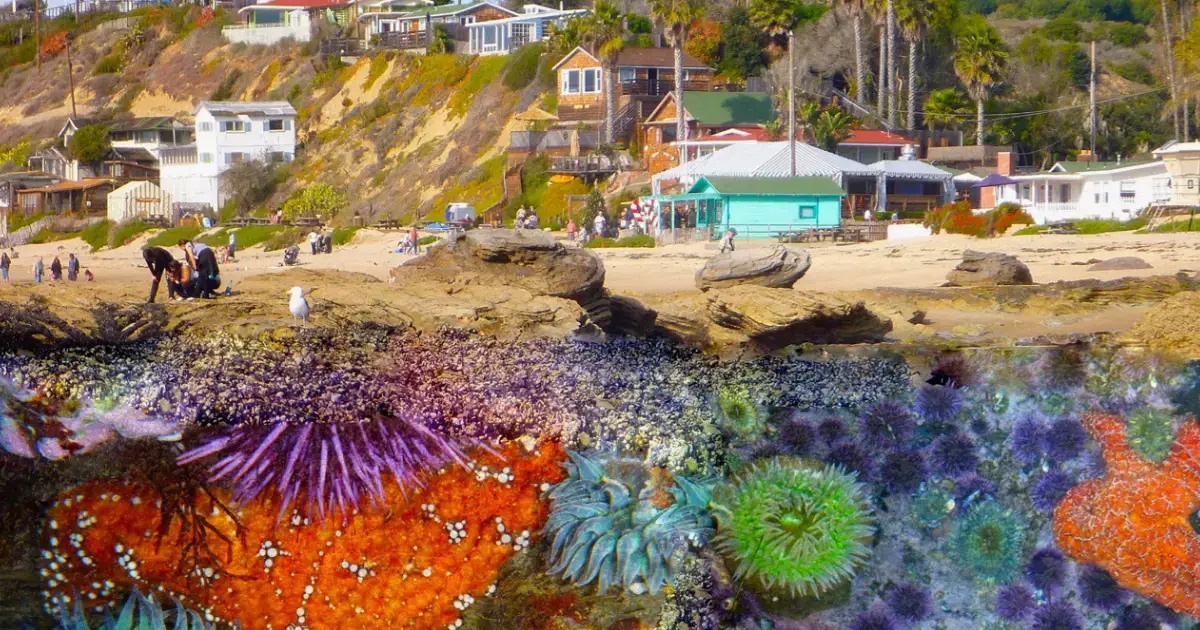
Let’s take a beach hike together and explore the fascinating world of tide pools. As we wander along the shore, I want to share the importance of the intertidal zone in sustaining our ecosystem with you. I’ve been putting my feet in the sand and a snorkel in my mouth since I was a toddler. I swim over 10 miles a week in the open ocean and my love for marine life led me a to trade my toy microscope for an underwater macro lens and to launch Ober Reef Photography in 1999. Thanks to the encouragement of my swimming buddies, I began exhibiting my work at the Sawdust Art Festival in Laguna Beach in 2012. As a representative of the most intriguing and vibrant creatures of the tide pools, I’m eager to invite you to join me in exploring the wonders of the intertidal zone. So grab your water shoes and let’s go!

The intertidal zone is a unique and vital part of our ecosystem where the land and sea meet, creating a dynamic environment that is home to a diverse array of fascinating sea creatures. Tide pools, a type of intertidal habitat, provide a microcosm of marine life and are home to thousands of species. They play an important role in the food chain, providing a crucial source of food for a variety of marine animals. The intertidal zone also acts as a buffer against storms and provides a natural filtration system, helping keep our oceans healthy and clean.
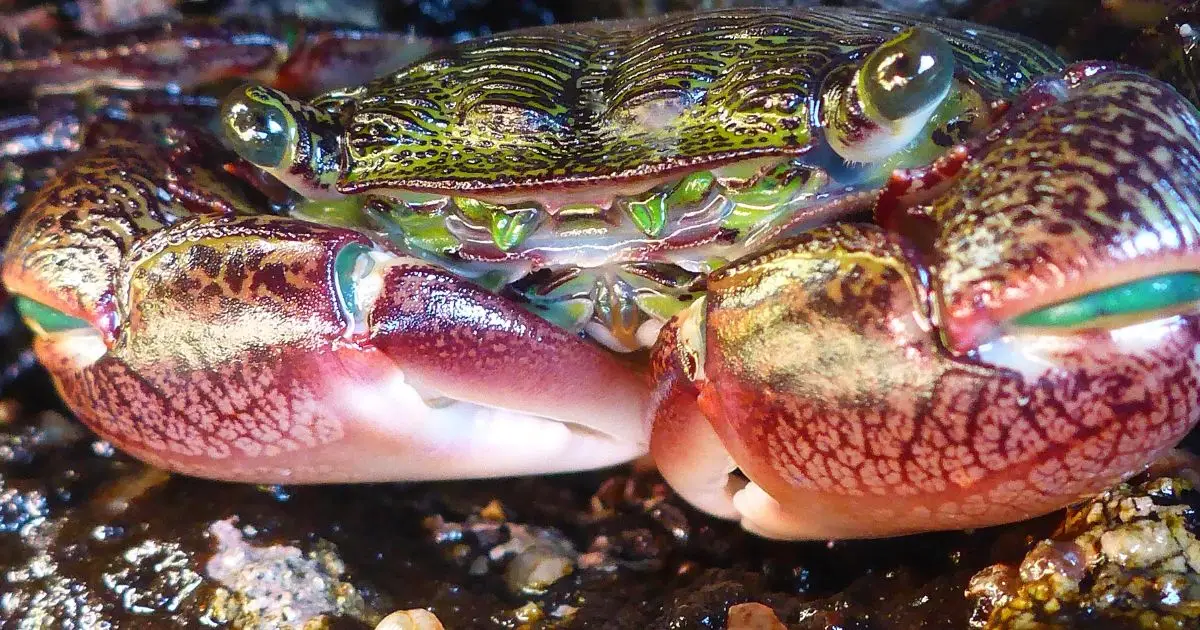
But despite the crucial role it plays in our oceans, the intertidal zone is incredibly fragile and vulnerable to human activities such as pollution and overfishing. That’s why we need to take steps, such as creating MPAs, to protect and preserve this ecosystem. The Laguna Beach MPA is a prime example of one that is making a positive impact. Established in 2012, it spans over seven square miles and provides protection for a diverse range of marine life, including sea urchins, kelp and octopuses.
As we step gingerly along the rocky reefs and slippery shore, we will observe that the tide pools are home to a variety of fascinating creatures, each with its unique adaptations that enable them to thrive in this dynamic environment. Let’s take a closer look at some of the most interesting and colorful inhabitants of the tide pools.
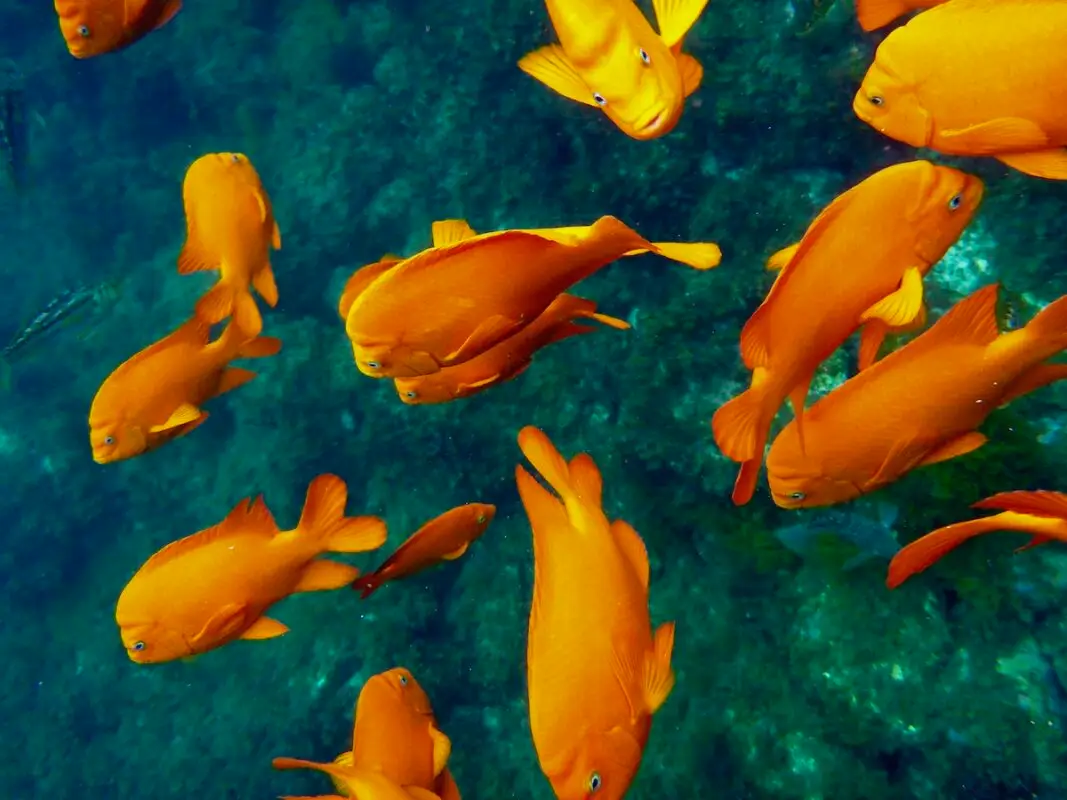
You’ve all seen the iconic sea creatures called sea stars which have the ability to regenerate limbs if they lose them, making them the ultimate party trick. Have you seen a nudibranch? These walking rainbows come in every color of the rainbow and are named after desserts, like the lemon meringue nudibranch and the blueberry swirl nudibranch. Hermit crabs may be called “hermits,” but they’re actually social creatures that often gather in large groups. And when it comes time to switch shells, they’ll sometimes form a line from the smallest to the largest crab, passing their old shells down the line until everyone has upgraded.
Sea anemones may look like slimy plants, but they’re actually very unique sea creatures. And they’re not just any animals, they’re related to jellyfish and coral. Octopuses are known for their intelligence, but did you know that they can also change the color and texture of their skin to blend in with their surroundings? It’s like having built-in camouflage. And if that’s not impressive enough, they also have three hearts and can squirt ink to distract predators. Oh, and before I forget, I have to tell you about the time I encountered a two-spot octopus in the intertidal zone.
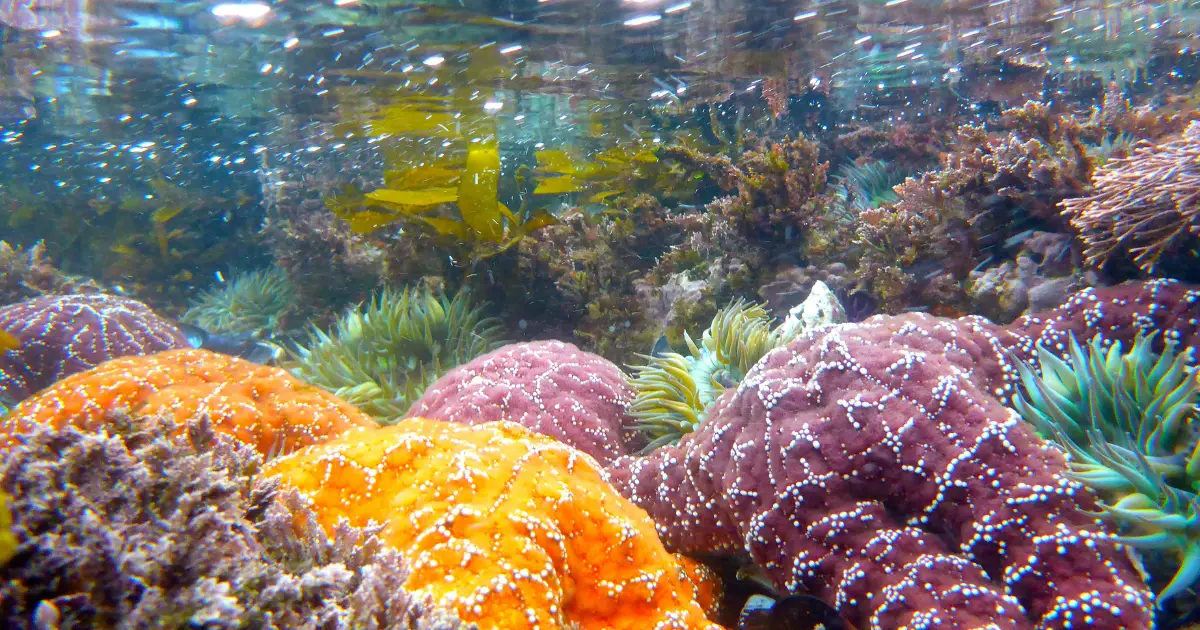
I was happily snapping away with my camera when this curious little guy swam up to me and started playing with my camera strap. At first, I thought it was just investigating and even managed to snap a few photos of it with my camera. But then, in a flash, the octopus grabbed my camera and started swimming away with it. I tried to grab it back, but the octopus was too quick for me. I watched in disbelief as it swam into its cave, taking my camera with it. Despite my best efforts, I never found my camera again. But I have to admit, the experience was pretty unforgettable. Who knew that an octopus could be so mischievous? It just goes to show that you never know what kind of adventures you’ll have in the intertidal zone. Even the sea creatures themselves affect your experience.
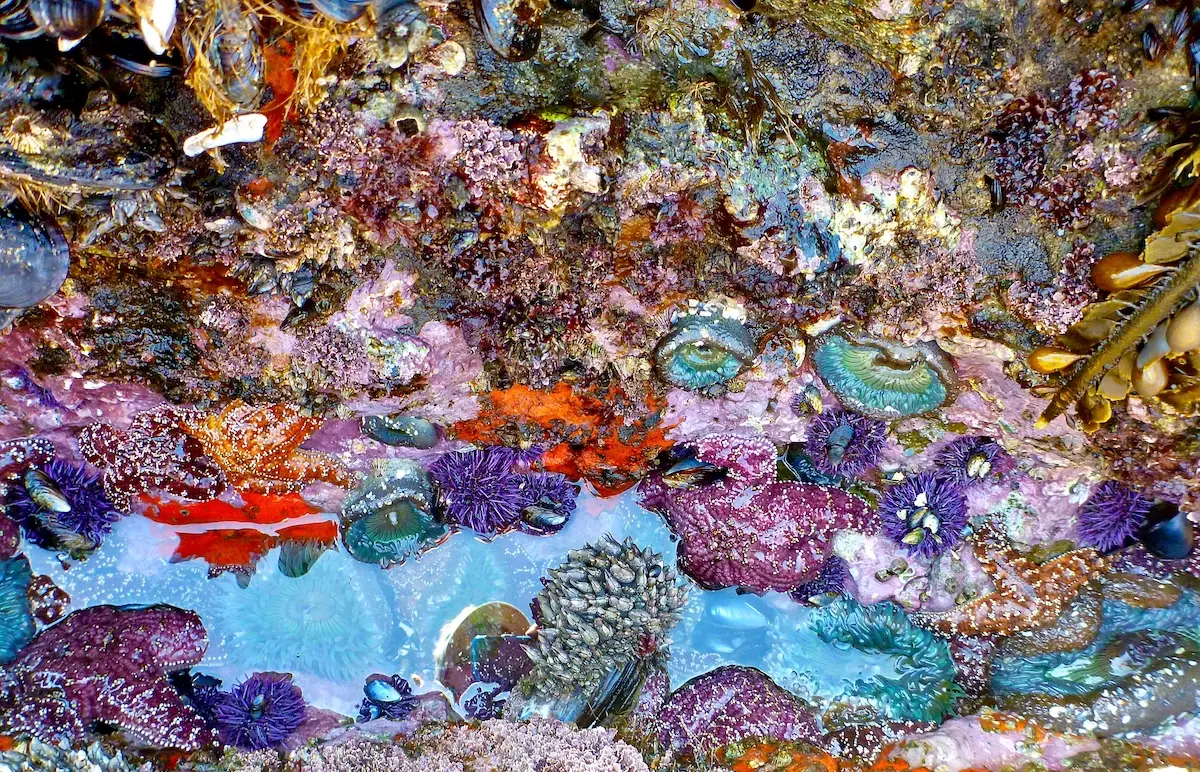
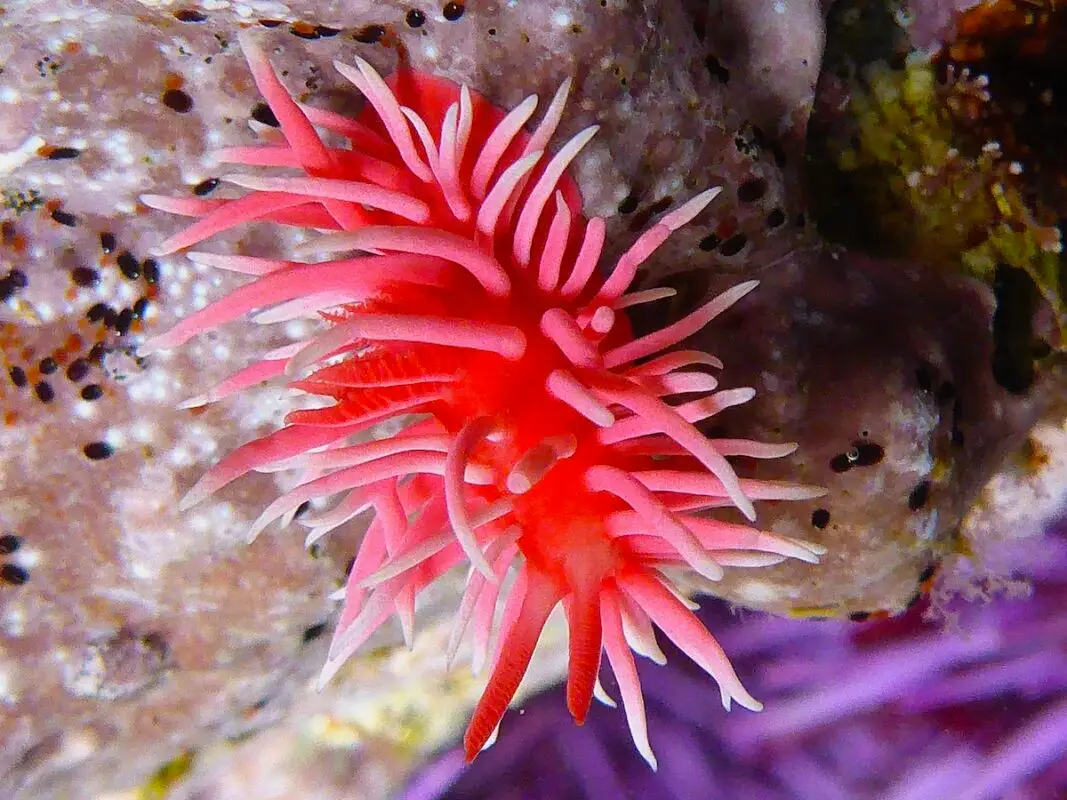
Plant life in tide pools can be pretty fascinating, too. Take the rockweed, for example. This type of seaweed has air bladders that help it float to the surface during high tide, and then sink back down during low tide. And then there’s eelgrass, which has roots that can extend up to six feet deep, making it an important part of the ecosystem. And did you know that kelp can grow up to a foot and a half per day and parts of it are used in ice cream and tooth paste?
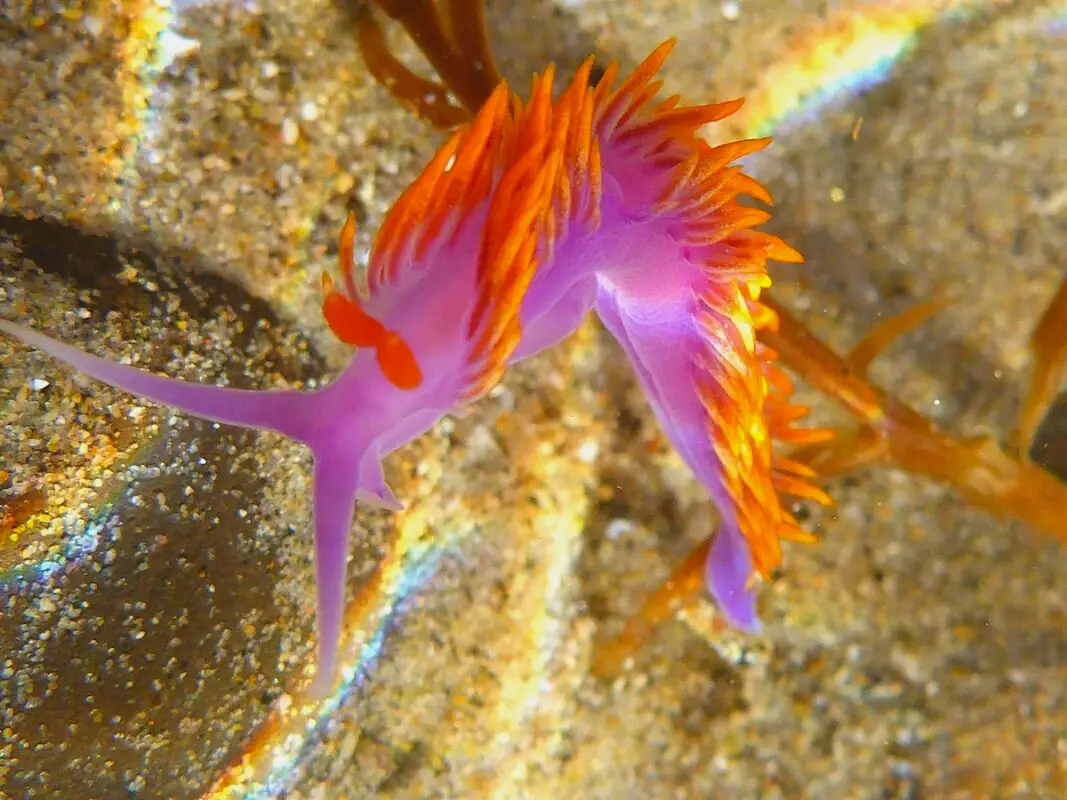
Tide pool inhabitants like these are a reminder of the incredible diversity and beauty that can be found in the intertidal zone, but they also highlight the importance of protecting this fragile ecosystem from the negative impacts of human activities. That’s where Marine Protected Areas come in. By designating certain areas of the ocean as protected from human activities like collecting and fishing, MPAs allow marine life to thrive and replenish. Since its establishment in 2012, studies have shown that the Laguna Beach MPA has led to an increase in the size and abundance of certain marine species, including kelp and rockfish.
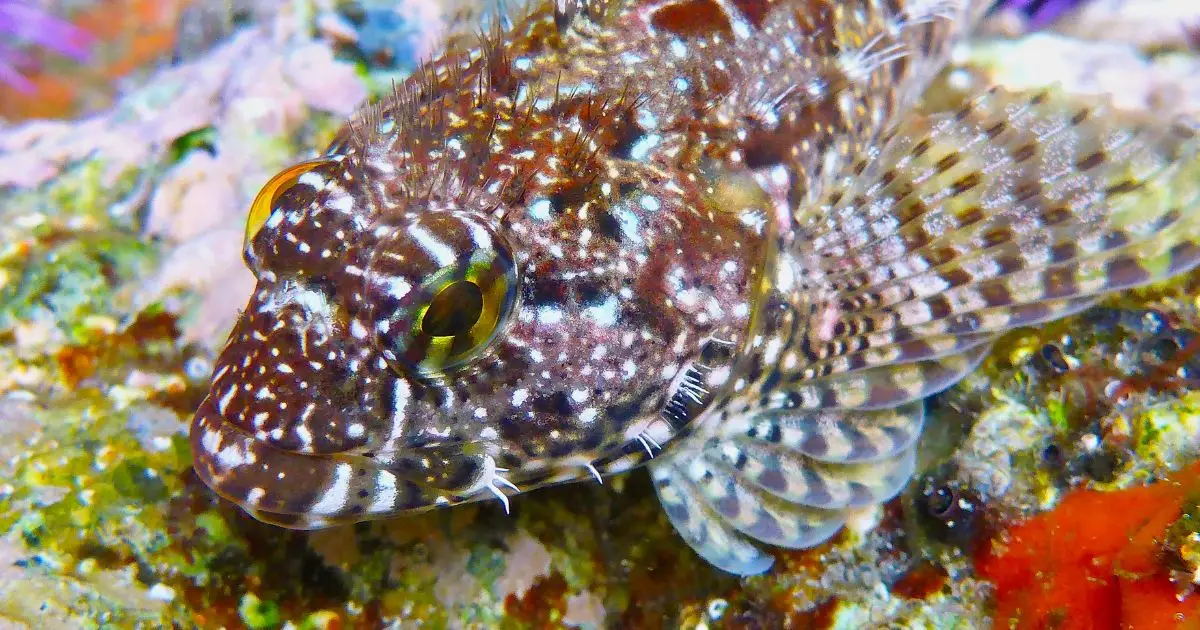
However, MPAs are not a panacea for all of the challenges facing the intertidal zone. Climate change, ocean acidification and pollution all pose significant threats to the health and survival of marine life in the intertidal zone. That’s why it’s crucial that we take action to address these challenges. The Laguna Beach Marine Protected Area and its intertidal zone are a unique and valuable part of California’s coastline. Through initiatives like these, we can continue to explore, appreciate and protect this fragile and fascinating ecosystem for generations to come. So, next time you find yourself at the beach, keep an eye out for the many fascinating tide pool inhabitants that call this area home. With a little patience and a keen eye, you’ll be sure to discover a whole world of wonders just waiting to be explored.
Looking for more things to do in the area?
Visit our What to Do in Northern California page!

